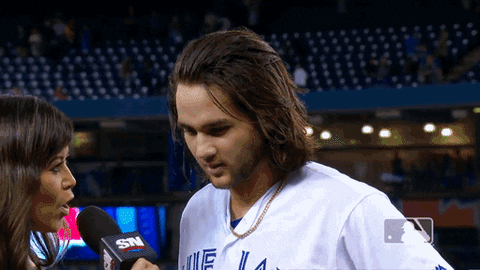A deep dive on women in baseball
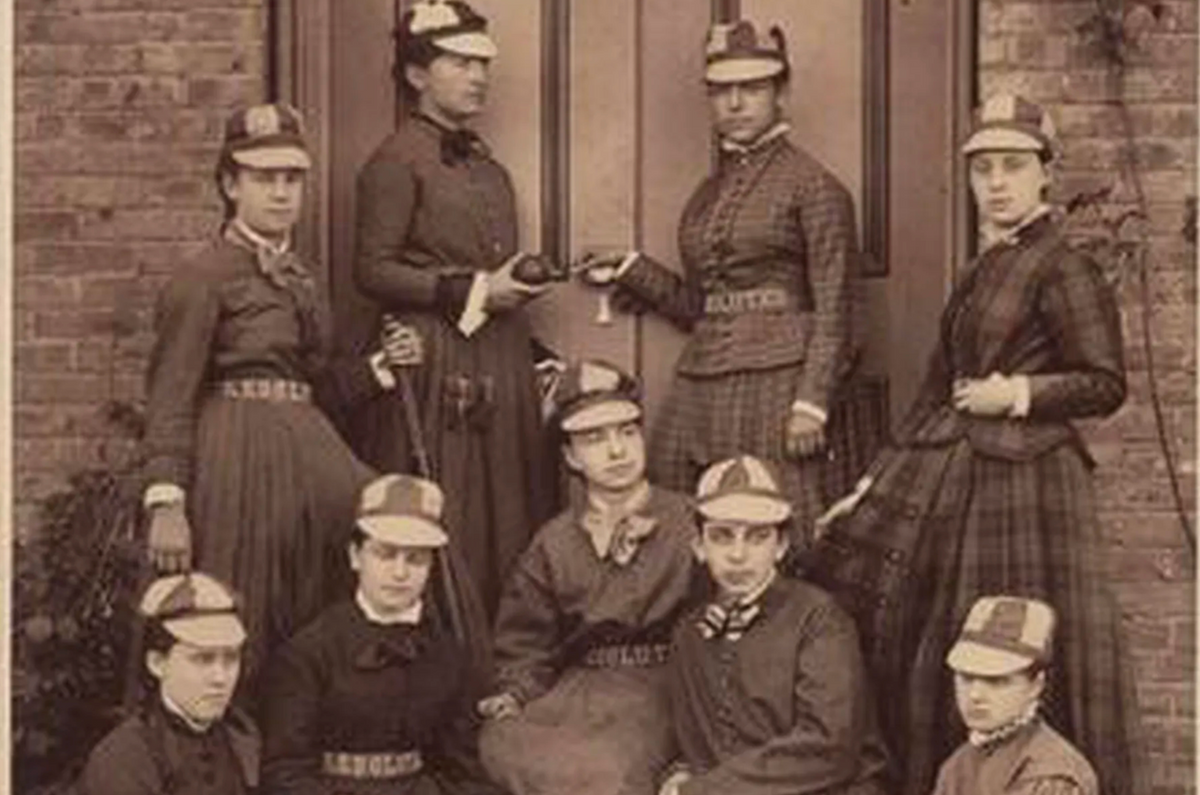
📗 The original girls of summer
Women have been involved in baseball from the very beginning, with one of the earliest examples of women competing in the organized game dating back to the mid-19th century, when Vassar College, an all-women’s school, formed its first squad.
- In 1866, the Vassar Resolutes took the field in ankle-length wool dresses (women were required to wear dresses at all times…imagine!) and inspired more women’s teams to pop up across the country in the following years. Dirt in the skirt, indeed.
Although 19th-century women’s baseball wasn’t explicitly connected to the women’s rights movement, one squad from Peterboro, New York drew the praise of activist Elizabeth Cady Stanton.
- The women’s rights leader once wrote of the team, “It was a pretty sight to see the girls…in full possession of the public square…while the boys were quiet spectators.” Truly love to see it.
💃 A league of their own
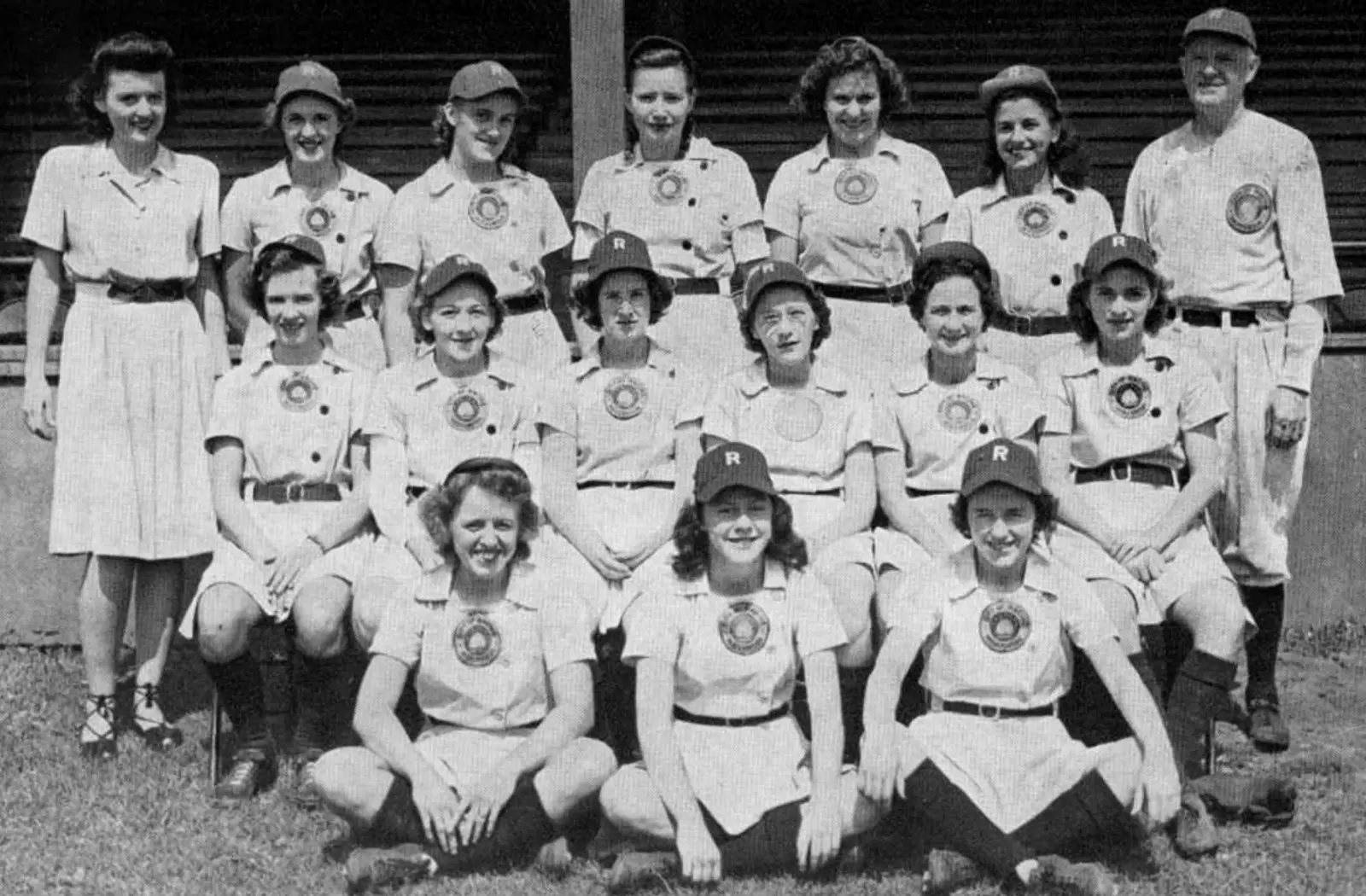
SOURCE: RACINE PUBLIC LIBRARY
Perhaps the most well-known diamond gals are the ladies of the All-American Girls Professional Baseball League (AAGPBL), which was popularized in Penny Marshall’s 1992 film A League of Their Own and later, the Amazon Prime TV show of the same name.
- With minor league teams disbanding and major leaguers serving overseas in World War II, Philip K. Wrigley (yes, that Wrigley) founded the league in 1943 to fill the baseball void.
AAGPBL rules evolved over the years. The early seasons were more of a hybrid between softball and baseball, but overhand pitching was allowed by 1948.
- That year was also notable for league attendance, with a whopping peak of 900K spectators filling the stands in 1948. If you build it…
MLBers eventually returned from war, and in 1954 the AAGPBL was dissolved. But its legacy as the first women’s pro sports league in the U.S. lives on well beyond the film’s iconic line: “There’s no crying in baseball.”
💪 Leading ladies

SOURCE: KEYSTONE VIEW COMPANY/FPG/ARCHIVE PHOTOS/HULTON ARCHIVE/GETTY IMAGES
So many trailblazers, so little time. From the mound to the owner’s box, women have changed the game.
Known as “The Queen of Baseball,” Lizzie Murphy became the first woman to compete against a Major League team when she took the field for the American League All-Stars in a 1922 exhibition game against the Boston Red Sox. And she knew her worth.
- After not being paid for a game with her semi-pro team, Murphy refused to board the bus for an upcoming contest that the owner had specifically advertised around her appearance.
- “No money, no Newport,” she said, and he was forced to fork over her fair share. Iconic.
The only woman (so far) elected to the Baseball Hall of Fame, Effa Manley was a sports exec in the 1930s and ’40s. Manley was an innovative, player-first owner, praised for her ability to promote her team (the Negro leagues’ Newark Eagles) and prioritize athlete support, often assisting them with personal care. MLB could learn a thing or two.
- But her greatest contribution came after Jackie Robinson moved to MLB from the Negro leagues, sending baseball’s color barrier out of the park in 1947. Manley advocated for recognition of Negro leagues contracts, staying true to her player-first commitment.
Sticking with the Negro leagues, Black players like Toni Stone, Mamie “Peanut” Johnson and Connie Morgan were barred from competing in the aforementioned AAGPBL, but that didn’t stop them from playing the game.
- Throughout the 1950s, they competed in the previously all-male Negro leagues, making them the first women to play professionally full-time.
- “A woman has her dreams, too,” Stone once said to a teammate. Now, thanks to her, countless women and girls can dream big.
🎙️ Women in the broadcast booth

SOURCE: MAXX WOLFSON/GETTY IMAGES
Given the lengthy season and near-daily action, baseball broadcasters form a uniquely special relationship with their audiences. The forerunner of women’s baseball broadcasting history? Mary Shane, the first-ever full-time female MLB play-by-play announcer who covered the Chicago White Sox in 1977.
- Shane’s contract was sadly not renewed after that initial season, with her broadcast partner Jimmy Piersall citing audiences’ “in-bred prejudice against a woman covering a baseball team.” *eye roll*
Despite those prejudices, women have continued to make their mark in the booth. Former NCAA and U.S. Olympic softball star Jessica Mendoza’s voice was one of the most recognizable in baseball.
- In 2015, she became the first female analyst for a nationally-televised MLB game, notching another of her many barrier-breaking accomplishments.
All of that progress culminated in 2021’s first-ever all-female MLB broadcast featuring Baltimore Orioles play-by-play announcer Melanie Newman, MLB.com writer Sarah Langs and MLB Network reporters Alanna Rizzo, Heidi Watney and Lauren Gardner.
📈 Growing the game
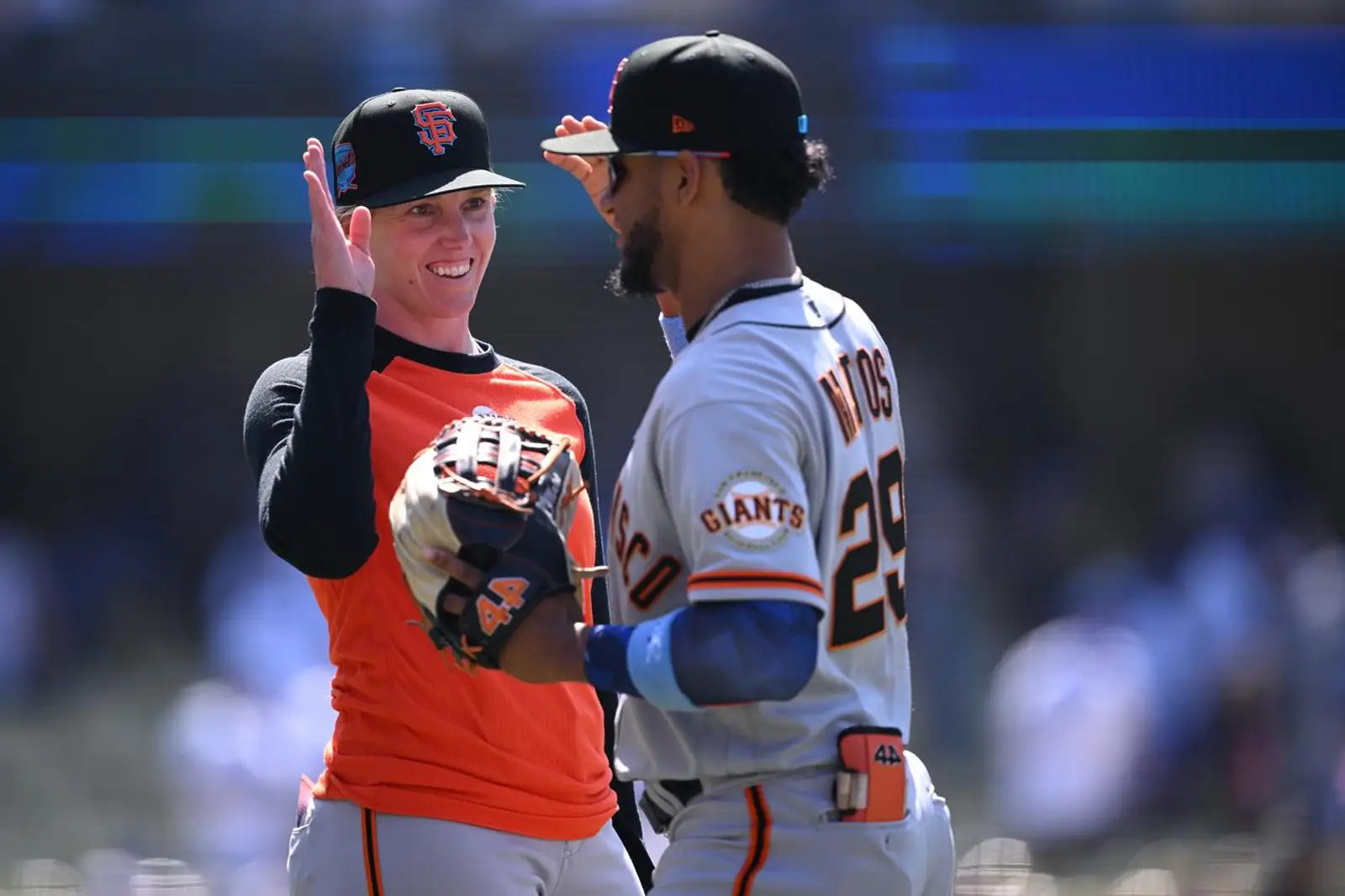
SOURCE: ORLANDO RAMIREZ/GETTY IMAGES
The last three years have seen countless baseball glass ceilings come crashing down. In 2020, the San Francisco Giants hired Alyssa Nakken as an on-field coach, making her the first woman to serve in the role.
- And in April 2022, Nakken was officially tagged in as the first woman to coach on an MLB field after the Giants’ first base coach was ejected from the game. History.
Also in 2020, the aforementioned Marlins made Ng their GM, the first woman GM in any of the major men’s North American pro leagues.
- Since then, there’s been a steady stream of barrier-breaking moments. In 2021, Bianca Smith became the first Black female pro baseball coach and in early 2022 Rachel Balkovec became the first woman to manage a major league–affiliated team, the Tampa Tarpons.
- And in spring 2022, Kelsie Whitmore became both the first woman to play in an MLB–affiliated league and the first to start and pitch in the Atlantic League. Talk about leading off.
👊 Fair ball for all
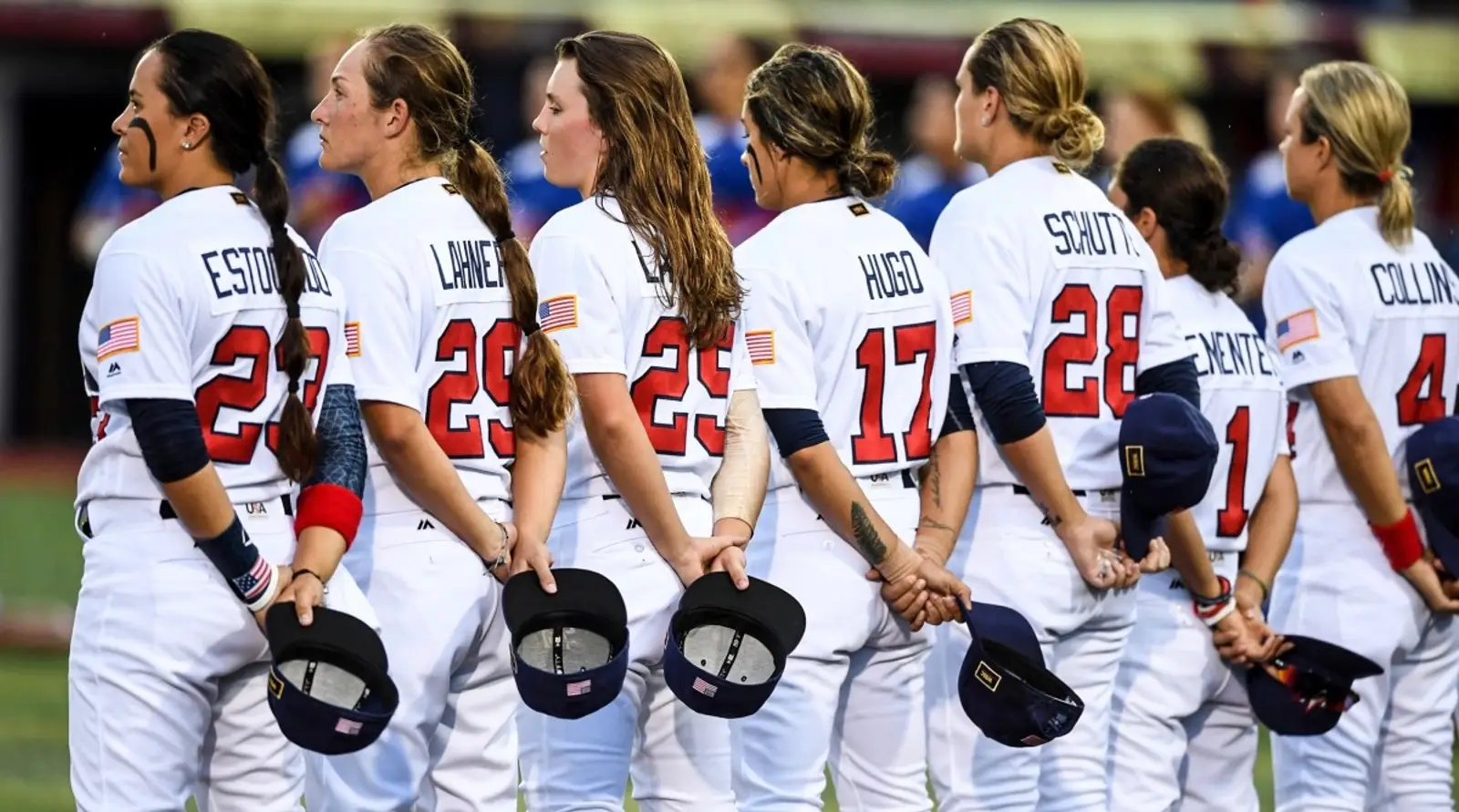
SOURCE: SPORTS ILLUSTRATED
There’s clearly momentum, but women still have a long way to go to bridge the baseball gender gap. Among the barriers to entry? Beyond centuries of bias, adequate family leave policies and low wages plague the industry.
- Luckily, along with the aforementioned trailblazers, there are orgs dedicated to growing opportunities in the game for women. The AAGPBL now functions as a nonprofit dedicated to supporting women and girls in baseball.
- Baseball For All is another. They host the largest girls baseball tourney in the U.S. — welcoming girls from around the world to compete against each other every year.
We’ll continue celebrating the milestones and highlighting those leading the way. Women have been taking the field since the game’s inception, they’re rewriting the record books in the present, and they’ll no doubt be part of the future — women belong in the ballgame.

